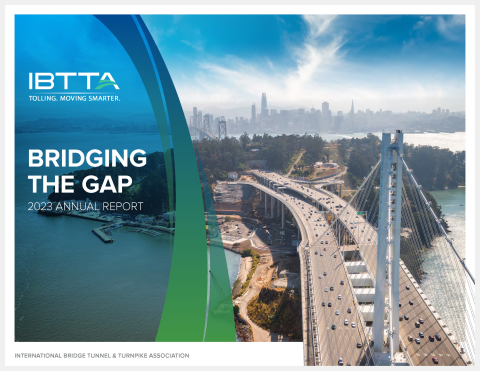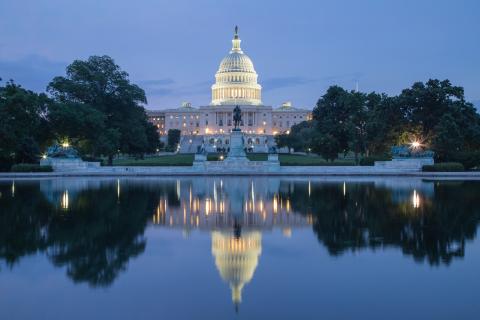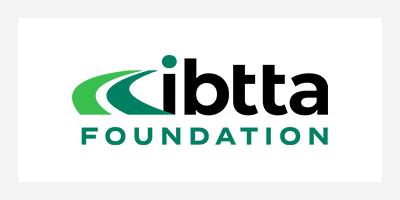- Home
- Illinois Governor Proposes $8.6 Billion Highway Rehab Program
Stories
Illinois Governor Proposes $8.6 Billion Highway Rehab Program


384 bridges rehabilitated or replaced.
1,845 miles of highway improvements.
$8.6 billion from 2015 to 2020.
$1.88 billion in road projects in the first year.
More than 400,000 jobs over the life of the program.
This is what a highway renewal program looks like. Governor Quinn’s Transformation Transportation Proposal is bold. And by any rights, it should be coming soon to a road network near you.
There’s no reason last week’s announcement from the office of Illinois Governor Pat Quinn can’t be repeated in any state, across the United States or around the world, where the poor condition of transportation infrastructure is harming productivity, slowing down time-sensitive freight delivery, producing congestion and smog, and putting passenger safety at risk.
Except that, as every tolling agency and state transportation department knows, the world of project finance isn’t usually that simple.
Finding the Dollars
Illinois funded its program by patching together $6.99 billion in federal dollars, $1.16 billion in state funds, and $450 million from “local and other sources”. That makes the deal a great example of what happens when interjurisdictional funding works the way it was supposed to.
What’s striking about the release from the Governor’s office is how rarely we see this kind of triumphant announcement. Discussion at IBTTA’s 2014 Legislative Summit last month revealed resounding agreement on the need to head off the imminent insolvency of the Highway Trust Fund (HTF) and fund a long-term highway bill.
But the devil will be in the details, and the financial details are complicated. Although 32 states have taken action to raise transportation revenue this year, Congress is showing very little inclination to raise the federal gas tax. Which means states will be far better able to follow Illinois’ great example and their own best inclinations if they have access to another source of funds.
Tolling Can Fill the Gap
That’s why this year’s transportation reauthorization bill should lift the restriction on tolling existing Interstate highway capacity. In written testimony earlier this year to the House Transportation & Infrastructure Committee and the Senate Energy & Public Works Committee, IBTTA asked that states “be given maximum flexibility to meet their individual transportation funding challenges.”
That wouldn’t mean mandating every state to assess tolls.
But it would add a powerful new tool to states’ funding toolbox, at a moment when virtually every state and local government is facing the same level of financial challenge that motivated Illinois to act.
Anyone who takes the highway infrastructure deficit seriously should applaud the Illinois announcement. Where there aren’t enough funds in the coffers to get the work done, user financing is ready to fill the gap. With the reauthorization debate heating up, the next few months will give us a clear idea of how much state and local agencies will be able to get done, and how soon.
photo credit: Pete Zarria via photopin cc

Joining IBTTA connects you to a global community of transportation professionals, offering unmatched opportunities for networking, knowledge-sharing, and collaborative innovation in the tolling and transportation sector.
Follow IBTTA on social media for real-time updates on transportation trends and collaborative opportunities.





